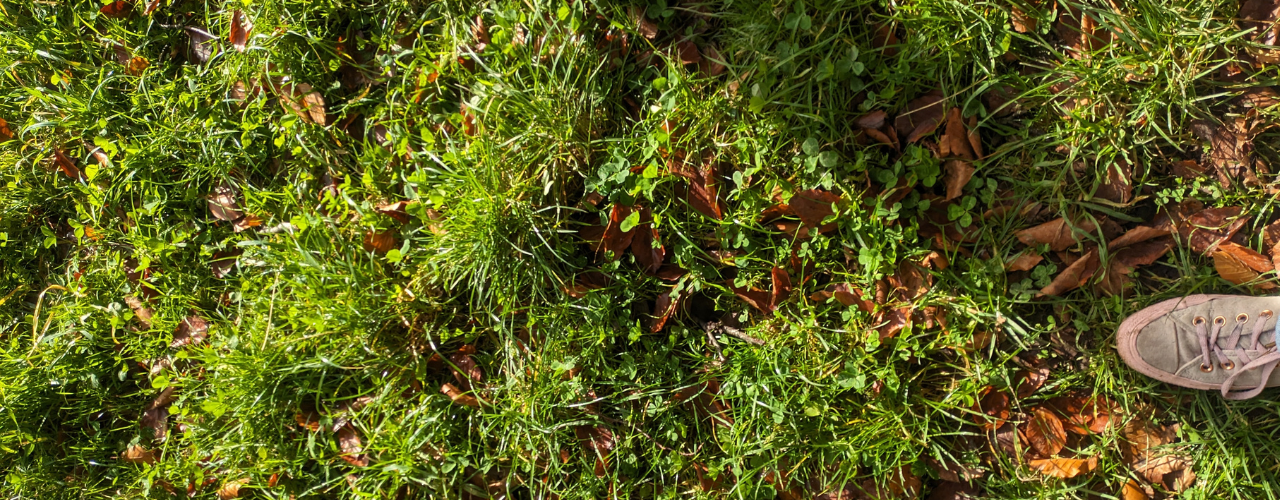
On the surface headlines such as ‘At least 1,300 hajj pilgrims died during extreme heat, Saudi Arabia says’; ‘Potato shortages: ‘The way the weather is going, it’s a bit frightening’’; ‘Record-Breaking Floods Coincide with Extreme Heat in U.S. Midwest, Stranding Residents’; ‘Lower grass growth rates a major risk to feed security and costs’ and ‘German tourist, 68, found dead on Greek island’ might seem disparate and unconnected. They might not even seem relevant to you if you are not a farmer or have no intention of visiting Greece, the US or Saudi Arabia. When you add in headlines such as ‘EU countries approve landmark nature law after delays’ into the mix then the relevance seems to fade into incoherence.
In reality these headlines are highlighting the very real and present impacts of climate breakdown and their impact on very real people who live in or visit these places. It is no longer possible to deny that climate change is happening or that it is a problem for future generations. Food insecurity, inhabitable parts of the world in the summer months and devastating floods which endanger lives, homes and communities are becoming more common. The final headline depicts a piece of the puzzle to help us wade our way out of the climate and biodiversity crisis.
Climate and Biodiversity—two sides of the same coin
In 2019 Ireland declared a Climate and Biodiversity Crisis. The twin crises have many of the same roots in the over-exploitation of our natural resources, including fossil fuels. It has regularly been levelled at the Government that while we declared a climate and biodiversity crisis – biodiversity is still seen as the less important cousin to climate. Not as deadly as climate—a nice to have rather than being absolutely essential for functioning ecosystems and how we live our lives.
Since 2019, a raft of work and legislation has been developed to begin reducing our emissions. The Climate Action and Low Carbon Development Bill 2021 is a powerful piece of legislation that has started to move emissions downwards. While this is not happening anywhere near fast enough, most of the building blocks are in place so that we can continue reducing emissions.
This Government has made some strides towards putting in place biodiversity safeguards – this is the first government which a designated Minister with responsibility for nature and is also one which organised the Citizens Assembly on Biodiversity.
On the other hand, the long-observed decline in Ireland’s biodiversity is typified by the long-promised Marine Protected Areas Bill being in perpetual limbo, with Taoiseach Simon Harris seeming completely unaware of its progress timeline. Ireland’s biodiversity is in decline, with huge pressures from intensive agriculture, land use change, over-exploitation, overfishing and invasive species being the main drivers of this decline. The Citizens Assembly on biodiversity determined that “the Irish State has failed to adequately protect biodiversity despite existing legislation and policies that could have prevented environmental degradation.”
The Nature Restoration Law: Carrying real change
Where other laws and protections have failed, there is hope that the EU Nature Restoration Law will succeed. It is the first continent-wide, comprehensive law of its kind. It aims to ensure that 20% of EU’s land and sea are protected by 2030 with all ecosystems in need of restoration by 2050. The scale of this ambition means that European-wide restoration work will make a significant difference to the overall health of Europe’s biodiversity. Birds which migrate from one area to another will be met by ecosystems which can support and nourish them. Urban spaces can be harsh places in the heat and prone to flooding during heavy rainfall can be transformed into liveable spaces where green space and biodiversity thrive. A huge aspect of this work is also that healthy, thriving ecosystems can reduce carbon emissions from the land.
- Degraded peatlands emit huge amounts of carbon, but restored peatlands can capture and store carbon.
- Healthy peatlands and native forests draw down carbon and store it in its wood and underground.
Healthier ecosystems also create resilience against climate impacts
- Mangrove forests can help dissipate energy from storm surges reducing the damage inland,
- Restored peatlands, wetlands and water courses can store more water, releasing it more slowly during extreme rainfall events—reducing the impact of flooding
The Nature Restoration Law is not just a law for protecting biodiversity, although that is important in and of itself; It is a law to help protect us from the worst impacts of climate change. One which will restore the ecosystems we rely on for food, clean water and air. It will help ensure that we live in exciting and rich environments full of the wonders of our common home.
We just need to ensure it is implemented.

